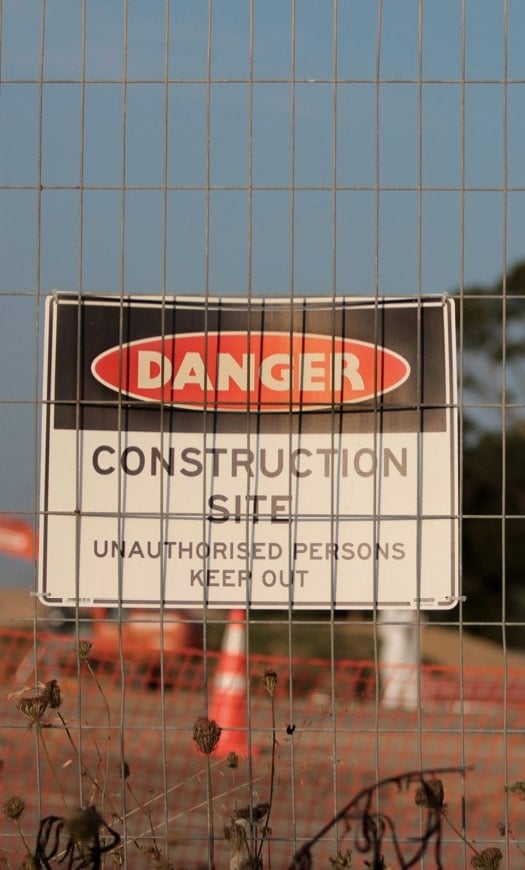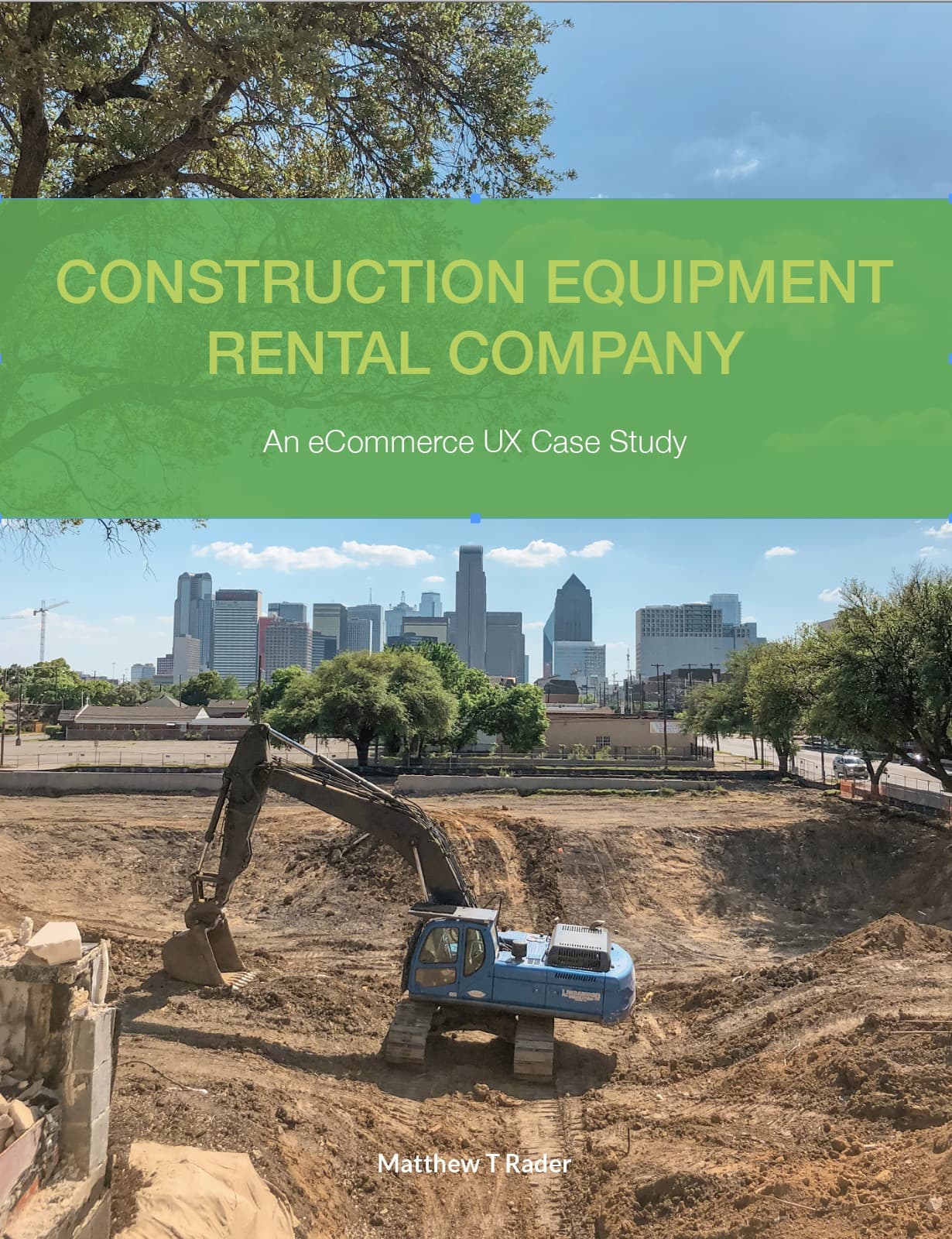This is a user experience case study for a project to design the look and interactions of a construction company’s ecommerce website.
INTRODUCTION
A construction equipment rental company wanted to establish and differentiate themselves in a massive multi-billion dollar market of renting construction equipment. Currently, the construction rental market is dominated by a few huge players who control the prices and availability of inventory.
One of the biggest challenges construction project managers face is the lack of transparency on availability and pricing. Typically, the project managers do not know the full amount until after they have returned the equipment. And then frustration mounts when additional fees they were not aware of upfront are added to their bill. This construction rental company wanted to have a high level of transparency with pricing and availability for users immediately when they are searching for their needed equipment.
Additionally, a challenge is that most renting is coordinated over the phone instead of online. Also, most construction rental websites do not make it easy for users to get all the information they need to move forward with renting equipment without having to make a phone call. Competitor websites typically show everything that they rent but not let people know what equipment specifically is available in their area.
This case study focuses on solving the main problems identified by the construction rental company. The problems are price transparency and availability during the searching and checking out phases of renting construction equipment online.

EXECUTIVE SUMMARY
For this website, we wanted to solve three problems that were widely known in the construction rental industry. Our designs and user tests focused on the three main problems we believed users faced when renting heavy equipment online.
Problems Addressed
- Lack of transparency with rental costs
- No information about the proximity of equipment to the job site.
- Inability to easily choose attachments
Competitive Analysis
I conducted a thorough competitive analysis of the four biggest rental companies’ websites. As a result, we noticed several commonalities among them and some problems that we wanted to address to differentiate our services from theirs:
- General prices listed by day, week, and month
- A lot of imagery of equipment
- Search results are slow
- Lack of specific pricing information
- No proximity info of equipment
- Confusing filtering methods
User Testing & Iterations
We conducted user tests for each design iteration. To be sure, we spoke with three different people with various backgrounds. Two of them have had experiences with ordering equipment online and one person had never rented using a website. The testers were men and one was a woman.
Outcomes
We finished the website design successfully after very positive feedback from our users and stakeholders. It captured the business goals we had for the search capabilities while being much more user-friendly compared to our competitors. We achieved our goal to make the process of renting equipment online feel easy and intuitive. Easy like other popular online experiences with renting such as Hotels.com and Amazon.com. Also, a user validated that our new design felt easy to use like Hotels.com which was one of our inspirations.
Conclusion
The Construction Equipment Rental Company wanted to create a new way to rent construction equipment online with a focus on transparency and ease of use for users. The online world of construction rental is rife with misleading statements, hidden costs, and a lack of information. We wanted to set ourselves apart from our competition with more than just the service we are providing, we wanted to create an experience that helped people to make better and faster decisions
During this process, we conducted brainstorming sessions to determine how the search experience would look and function. These brainstorming sessions had the CTO, CEO, Sales Director, Product Manager, and me in attendance. Ultimately, these sessions proved to be extremely beneficial in making sure we were all on the same page with all the business needs and product goals.
We did three design iterations and tested them with users. As a result, these sessions revealed many things I had overlooked while also confirming some of the assumptions I had made. The biggest takeaways we learned from this process are the following:
- Because online renting is new for many users, interactions must be clearly indicated rather than alluded to.
- Users really like seeing all pricing upfront and updated in real-time when they are making changes.
- Renting construction equipment is generally a very complex process, simplifying the process and reducing the need to email and make phone calls is hugely appreciated by users.
Moving forward, we are going to create the account creation and order tracking processes that will integrate into the equipment search and selection. We will also continue the spirit of transparency and ease-of-use we have established.
